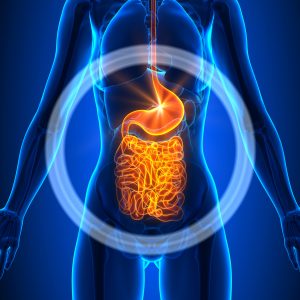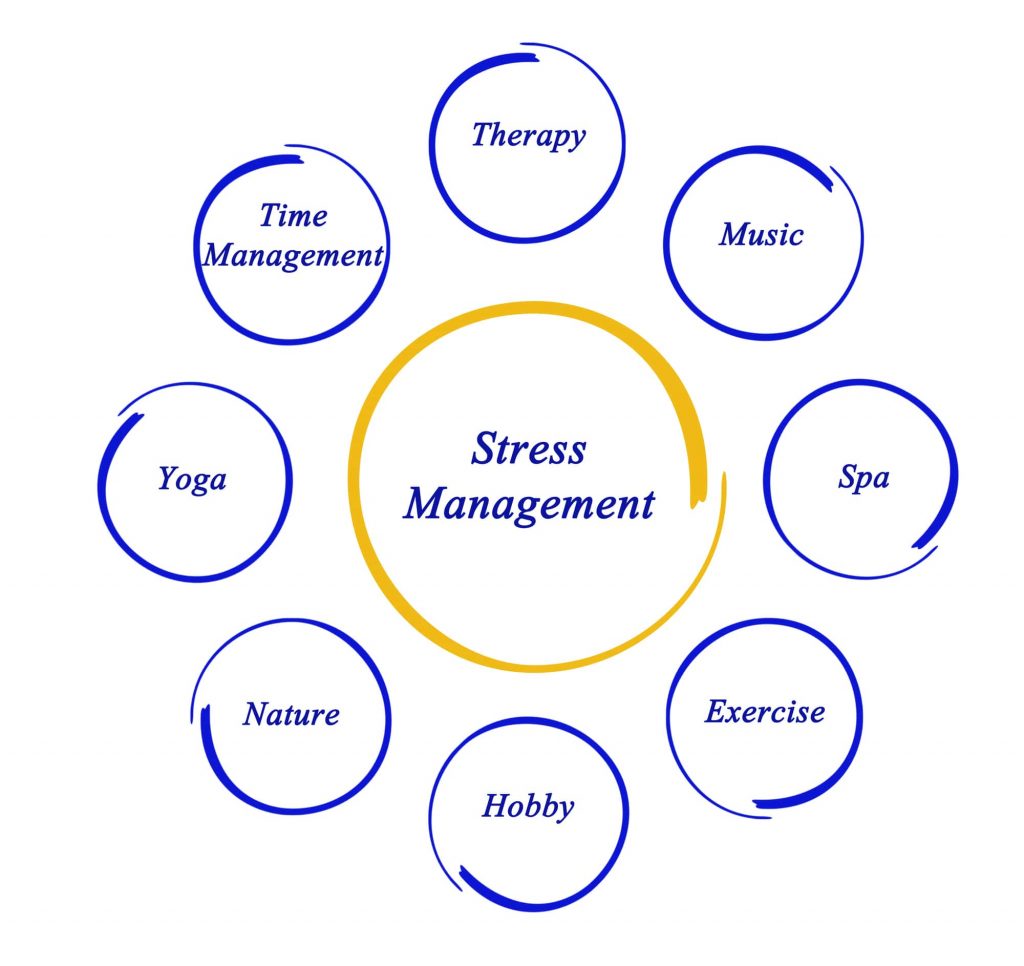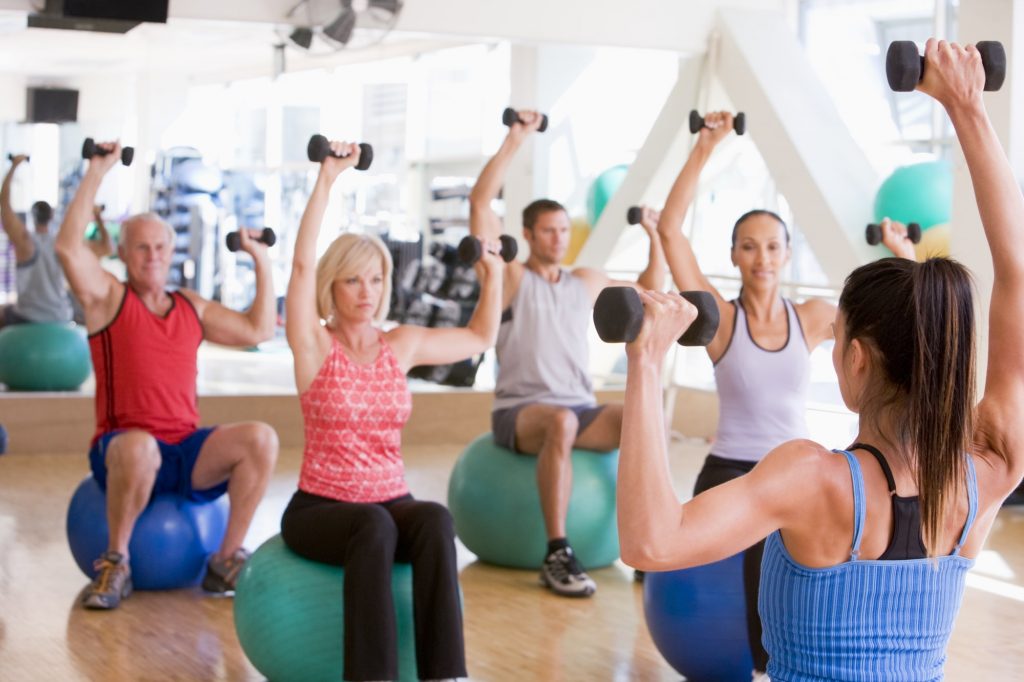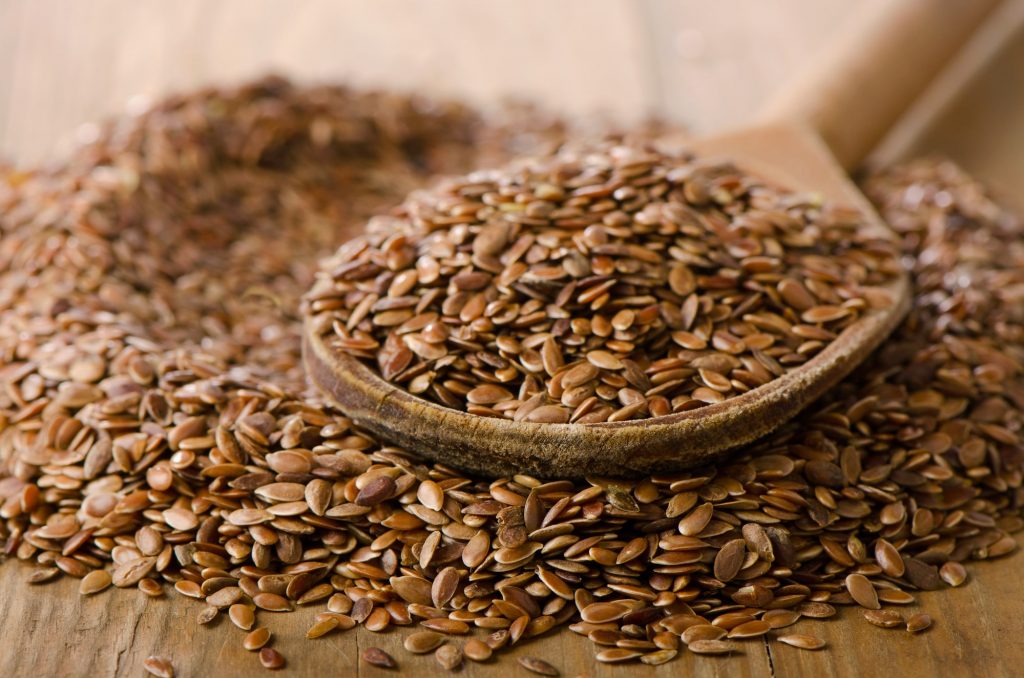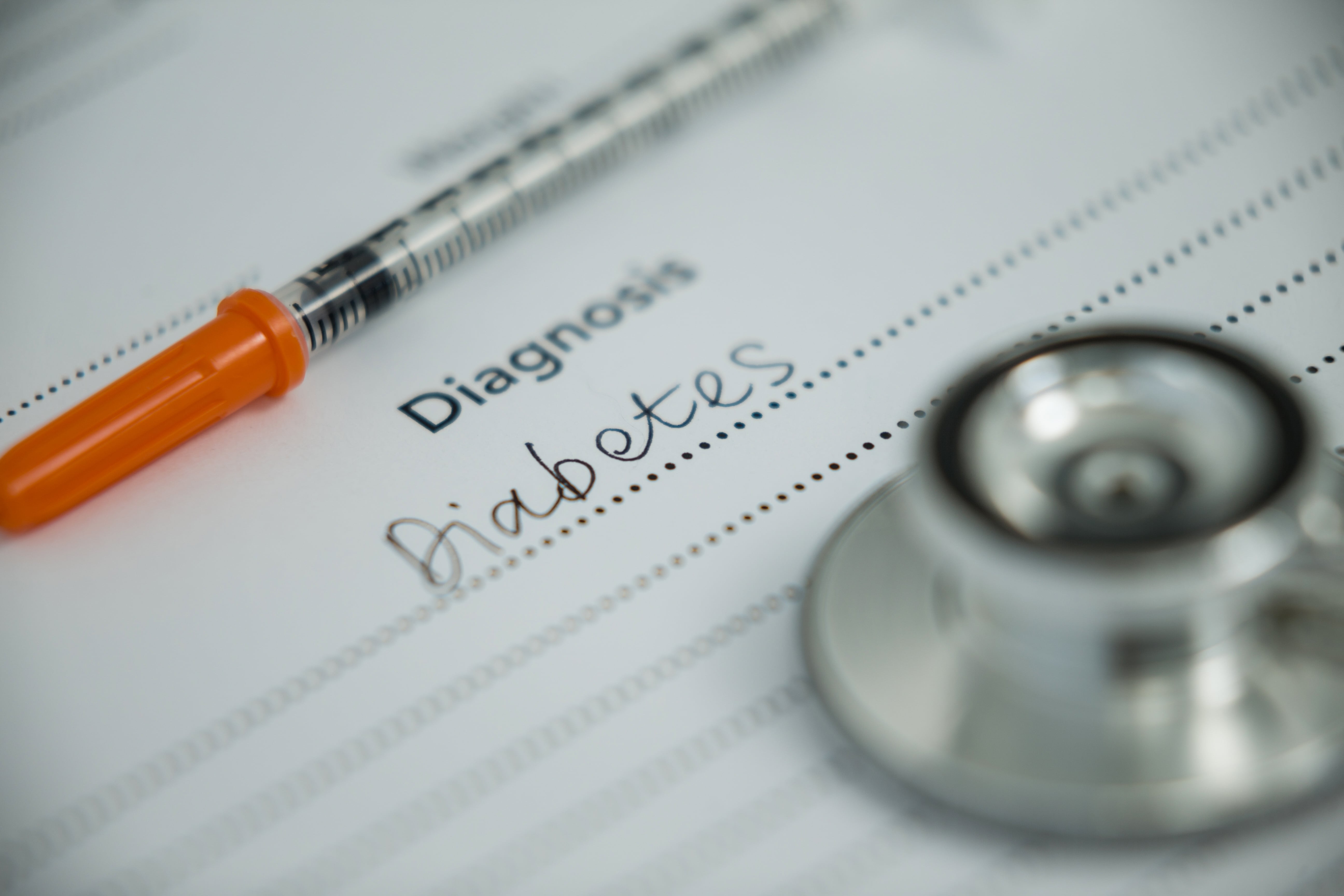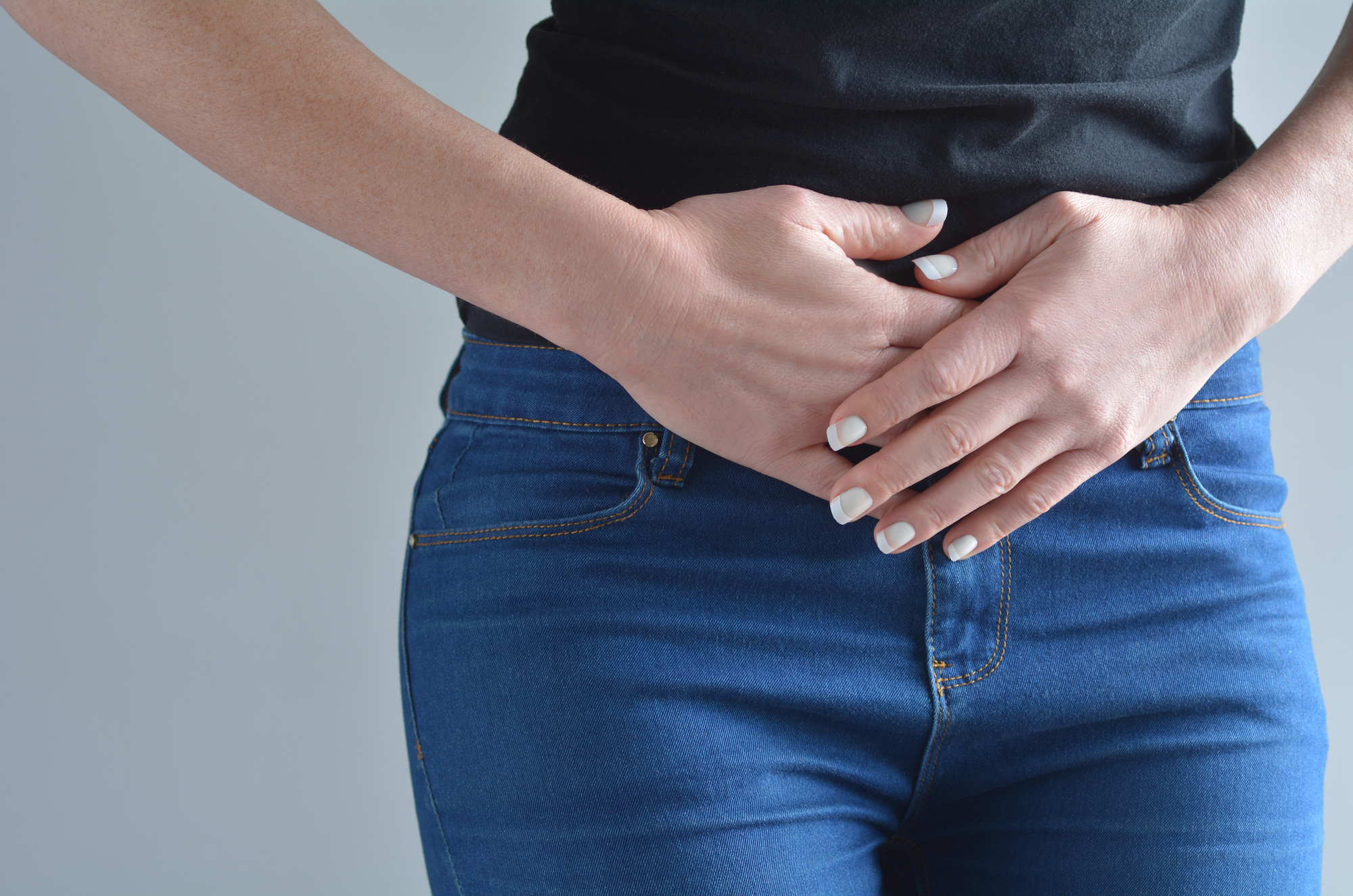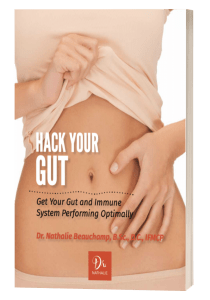In my last blog I introduced you to the Six Human Needs. The driving force and motivation behind everything we do. I urged you to familiarize yourself with these needs. Identify the two needs that you care about most as these two things will be the single greatest influential factors in your life. Now I want to take what you discovered and help you unleash the power within.
Modern psychology teaches that all human motivation can be explained as the desire to meet one or more of these human needs.
Refresher On The Six Human Needs
Certainty
The need to feel safe, avoid pain and be comfortable. To feel secure in our environment and relationships.
Key words: stability, safety, comfort, predictability
Uncertainty/Variety
The need to be challenged and experience variety in our emotional and physical world.
Key words: stimulus, change, surprise, unpredictable
Significance
The need to feel important, needed and wanted.
Love & Connection
The need to love and be loved. Well connected with others.
Key words – belonging
Growth
The need to be able to learn and develop physically, emotionally, intellectually and spiritually.
Contribution
The need to give and contribute to others beyond our selves, without expecting anything in return.
Everyone is hard wired to meet the first four needs. They are essential for human survival. Fundamental needs of the personality. Everyone must feel that they have met those needs, even if they have to lie to themselves, create a problem, or violate their values in order to meet those needs.
The last two needs, growth and contribution, are the needs of the spirit. They are essential to experiencing fulfillment, which we should all aspire to. However, not everyone meets these two needs.
What Is The Significance Of The Six Human Needs To Your Life?
The Six Human Needs is a model of thinking and understanding yourself and others. You become less judgmental at this deep and useful level because you understand the cause of a particular behavior or attitude. I like to think of it as a game you don’t even know you are playing.
Once you are aware of this dynamic, you will be able to interrupt your own self- limiting or destructive behaviors. Changing the way your needs are met, which begs the following question.
“How Are Your Top Needs Being Met?”
Needs are being met by what we refer to as vehicles. Everyone finds these means or vehicles to meet our highest two needs, those that we favour the most. Interestingly, some of these vehicles can either empower or disempower you in your quest. This happens through either constructive or destructive behavior.
We behave in certain ways because consciously or unconsciously, we believe that by doing this, feeling this, or by acting this way, we will meet one or more human needs.
For instance, most people will have you believe that their non clinical depression happens to them. However, they are actually using depression as a negative vehicle to satisfy the need for significance.
Depression is also a vehicle used to meet the need for love and connection. Certainty with depressions predictable emotional state. I use depression as an example to show that anytime you associate with a vehicle (overeating, drinking, gambling) that meets three or more needs, you become addicted to it.
Chronic complaining or hanging onto a problem is another example of a negative vehicle to fulfill a need. I believe it is the greatest addiction of them all. Most people hang onto their problems because it meets their needs without having to risk facing their greatest fears.
Conversely, many needs are met by positive vehicles such as a strong work ethic, dedication, caring, providing and learning to site a few. Click here to read, “WHY DO I DO WHAT I DO?”
Unleash The Power Within
Relationships and marriage are probably the greatest psychological relevance of Human Needs. Let’s briefly explore this dynamic by asking ourselves “what is stopping you from having the life and relationship you want?”
Human needs are the primary source of meaning in our relationships. For instance, in conversation with your partner, you can experience the conversation in terms of your greatest need of significance or in terms of your partners greatest need of love and connection. This conversation may take on a different meaning which may create a conflict.
Who Are You In Your Relationship?
Remember, the needs you value determines who you are. So a person who values security (certainty) will have a very different life from someone who values adventure (uncertainty).
Someone who values family (love and connection) is quite different from someone who values success (significance).
These are potential land mines of conflict between two people.
Simply put, you cannot enjoy a relationship at the highest level unless both people are meeting the others needs and putting each other first. If you can achieve this your relationship will transform before your eyes.
Human Needs and its situational applications and nuances are endless. Only by identifying your primary needs and that of others, will you be able to eventually peel back a layer of insight. Understanding why we do what we do, what life is about for you and unleash the power within.
As a life coach, to better understand a client’s world, it is necessary to determine your most important needs.
In our next blog we are going to talk about our values. While our needs are required for our survival, our values are what is important to us. Needs and values are distinctly different but highly interrelated.
We all have a hierarchy of values. And, if we live in congruence with our highest value we will live a more meaningful and fulfilling life.



